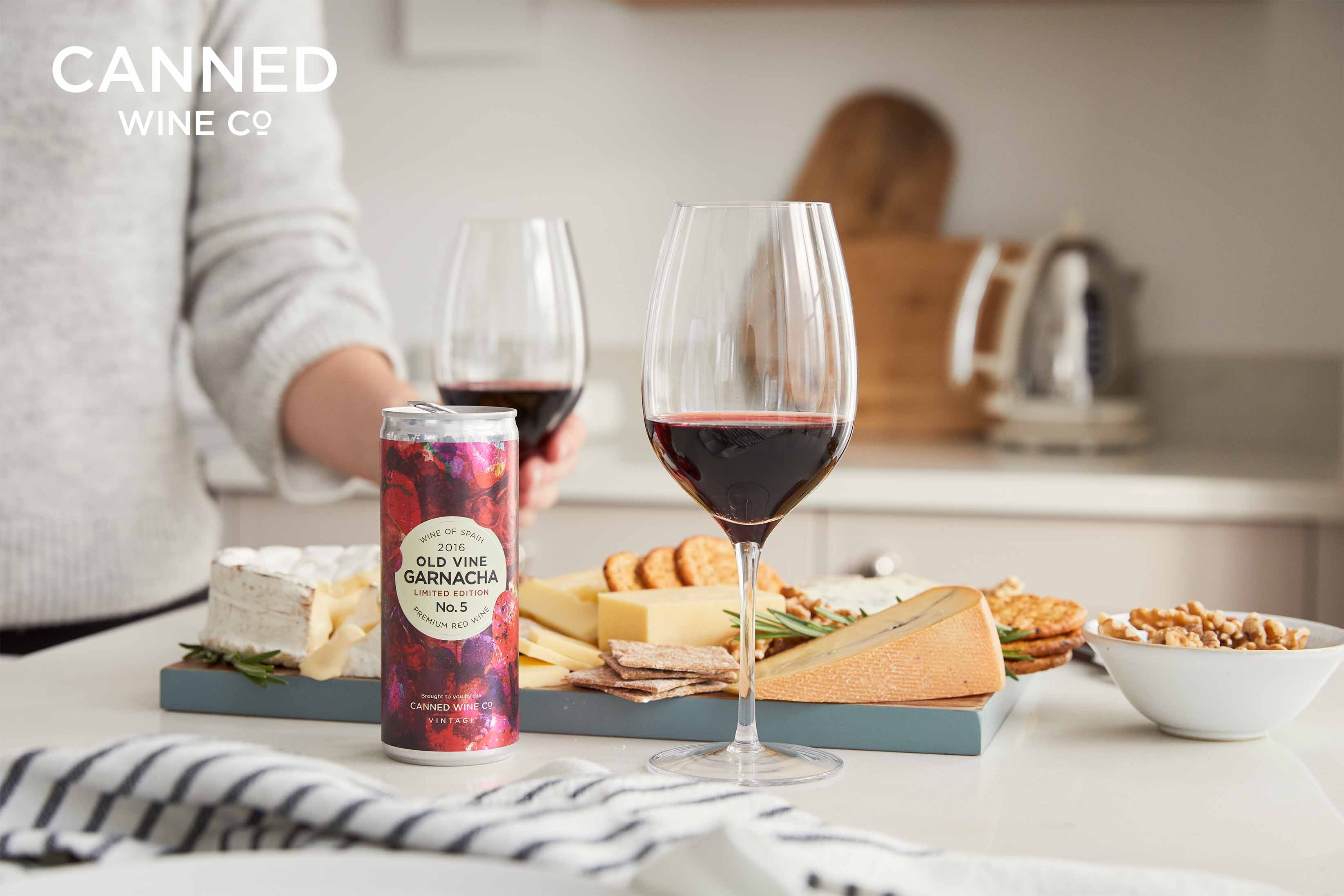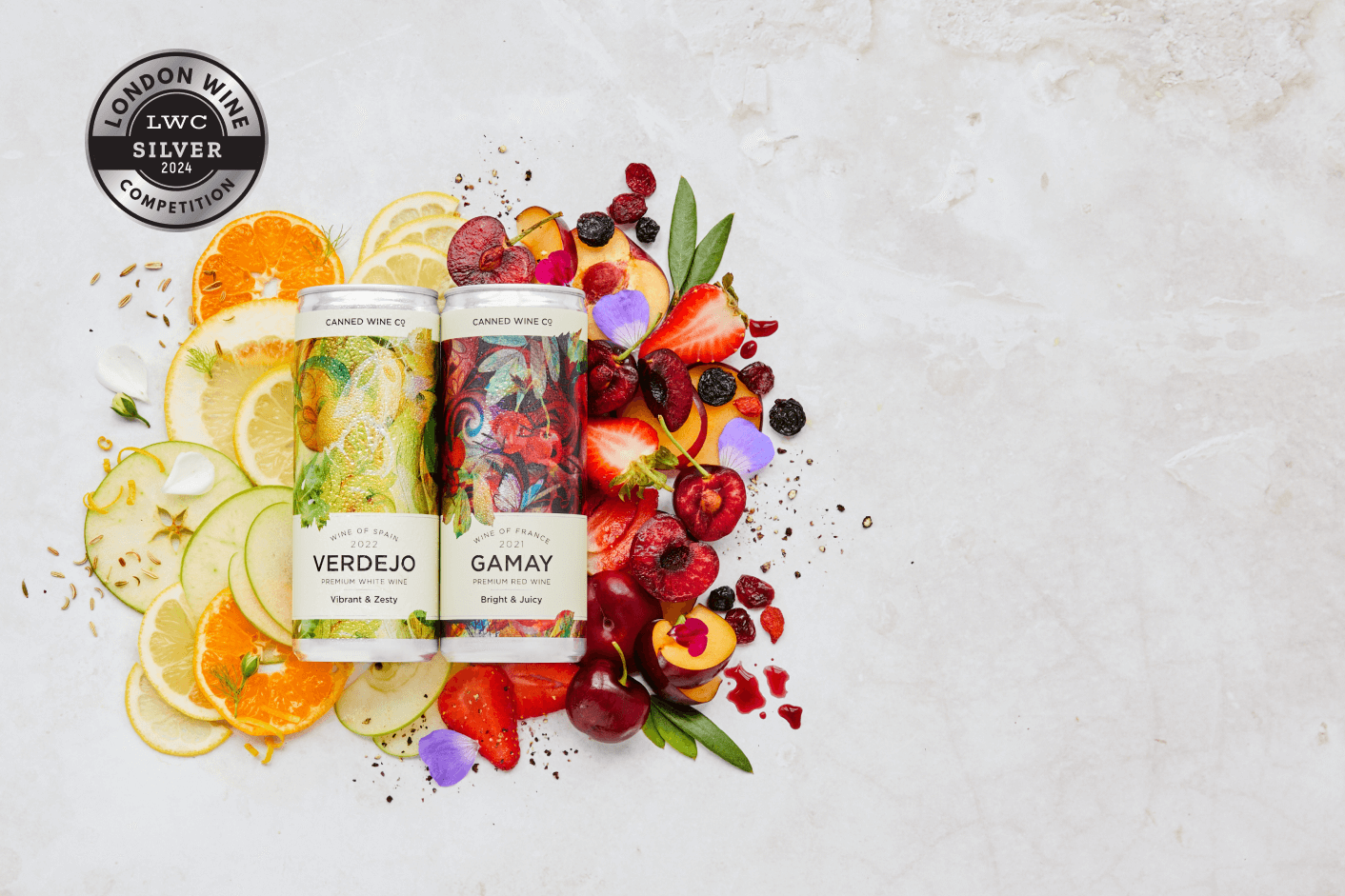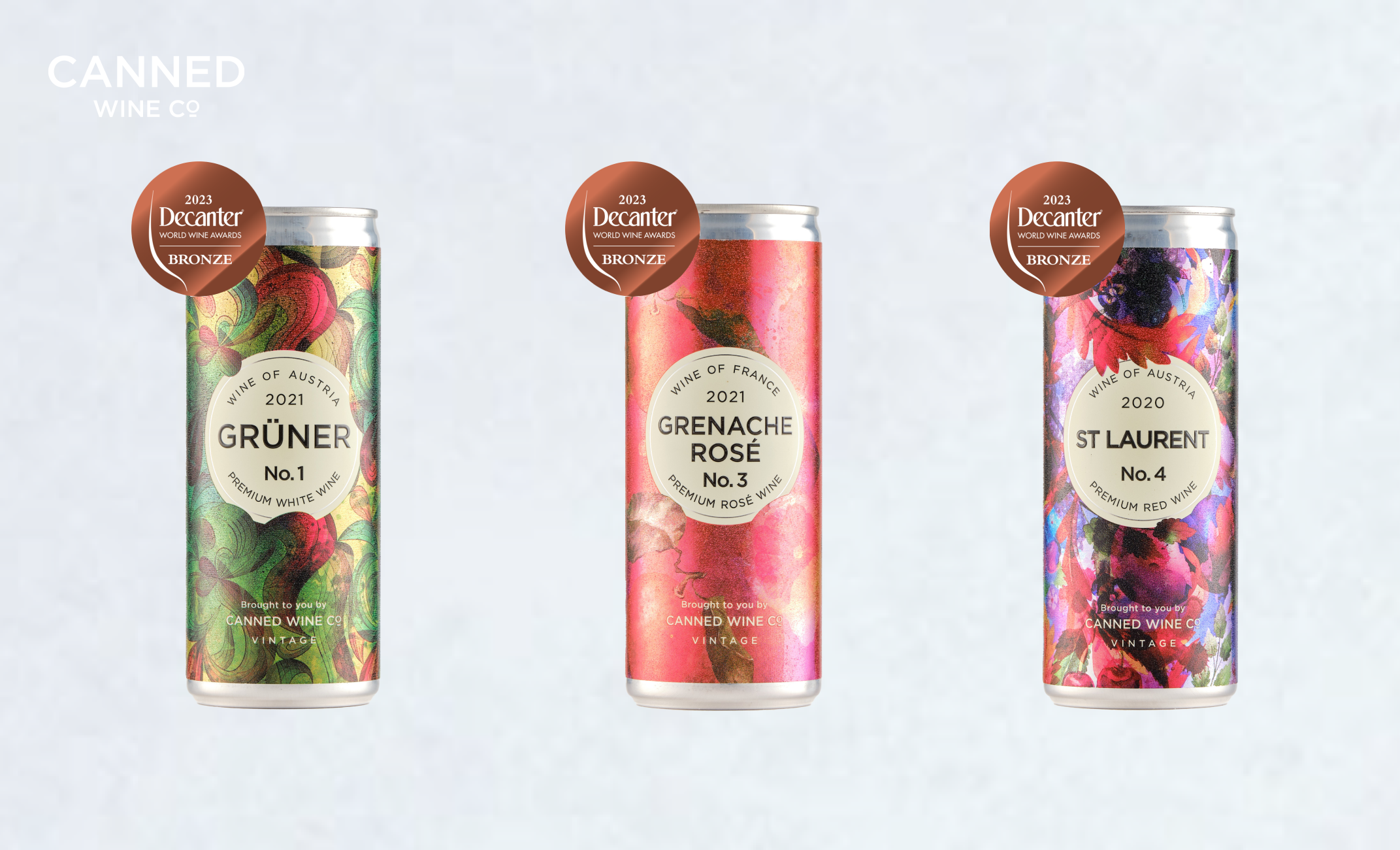Just like the infamous fairy tale about a girl and three bears, everything needs to be just right for grapes to ripen. The location of a vineyard not only affects the qualities of the wine itself, like its colour, taste and smell, but how the vines are cared for and grown.
Wine regions are separated into two groups: warm climate and cool climate. Warm climates are places such as Spain, Italy, Greece and South America, whereas cool climates include England, Austria, New Zealand and Germany.
Cool climate wines are often characterised by zippy citrus notes and freshness. The lower temperatures mean grapes ripen slower, preserving their acidity, but they also make it harder for the grapes to ripen in the first place. The vines need to be planted in healthier soil and require careful maintenance.
On the flip side, it’s much easier to produce grapes in warm climates due to the consistently high temperatures. This results in rich full-bodied wines with intense, fruit-forward flavours and higher sugar levels. But winemakers don’t want to lose the acidity altogether, it’s a key component for a balanced wine, so they plant their vines in arid soils making the plant use its resources to produce grapes rather than leaves.
The closer vineyards move to the equator, the more likely the wine will become over-ripe and jammy from the heat. Winemakers employ different methods to compensate for this and retain versatility in their wines. They plant vineyards on steeper aspects because the temperature cools as you go up in altitude, or they plant near water beds like lakes and seas as these bodies of water will naturally cool the surrounding area.
Grapes need an optimum temperature to ripen: the longer winemakers are able to stretch out the ripening process the easier it is for them to decide when to harvest. They can pick the exact time when the acidity and sugar are in perfect balance.
Want to try examples of different climates to compare? Our Gruner Veltliner canned wine is a wonderful example of cool climate wine – grown in Niederösterreich in north-east Austria, it has mouth-watering flavours of peach and green apple layered over peppery spice. Or if you want a jammy warm climate wine, try our Old Vine Garnacha from Aragon in Spain – this full-bodied red is brimming with chocolate-coated cherries and dried strawberries.
Written by Niamh Harkett






